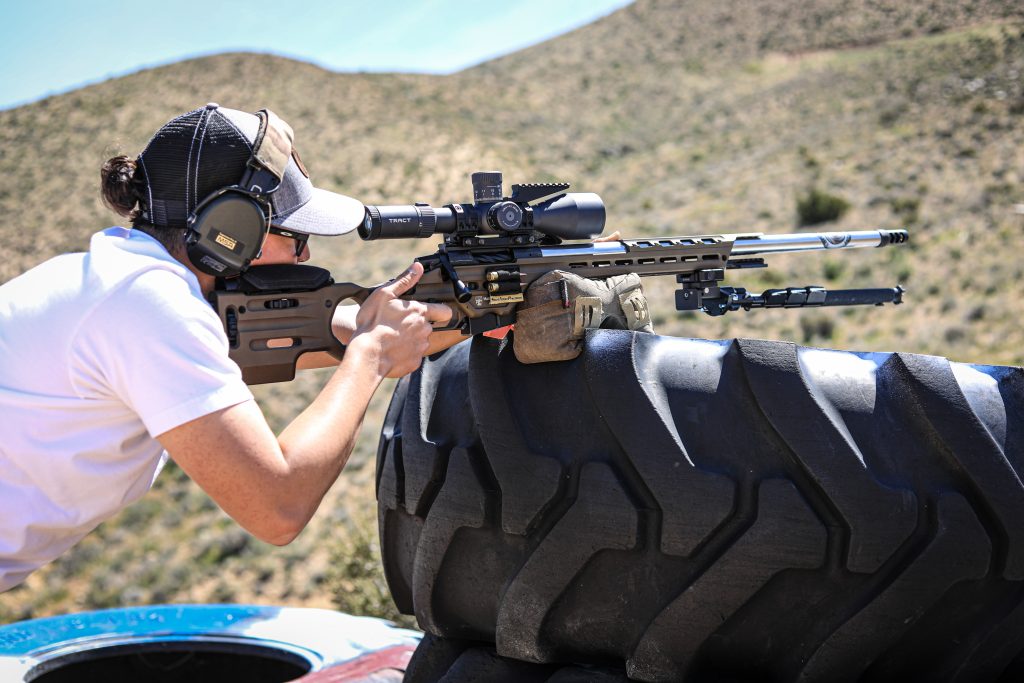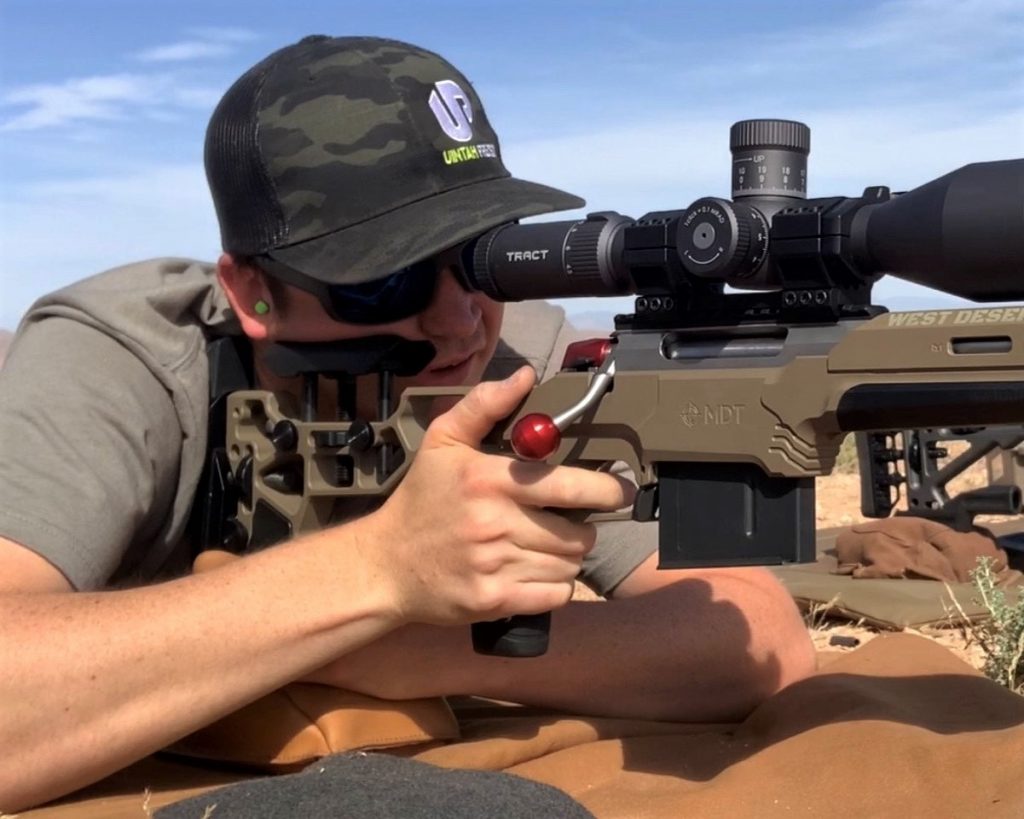
Rifle Marksmanship Series Part 2: Trigger Control
What is trigger control? Trigger control is your ability to move the trigger to the rear and allow the hammer to fall without disturbing the crosshairs on your intended target. William "Bart" Bartholomew, lead instructor at EGA Precision, explains that "it may be difficult at first, but you must ignore the hammer fall and not anticipate the shot." Trigger control should become a reflex action that occurs once your mind subconsciously realizes all factors needed to fire the shot are present: sight picture, correct position, relaxed body, etc. Bart teaches that like all skills, trigger control is developed through "snapping in" (dry firing) and actual range time. Once attained, you can easily lose this reflex with lack of practice, so practice often.
Bart will tell you that most shooting errors result from poor trigger control. Some claim that it is the hardest marksmanship principal for the novice shooter to grasp.
Surprise Shot
Your goal when shooting is to fire the weapon exactly when the rifle settles into the desired aiming point. However, it should be a subconscious effort not to disturb the crosshairs. Trigger control should become a subconscious movement you make every time with great consistency. Learning your desired trigger pull and how to adjust with target exposure time and moving targets will require a lot of practice. The key is consistency.
Two Types of Trigger Control
- Uninterrupted Trigger Control - This will be your preferred method. Firing the shot is completed once you pull the trigger. You need to commit to an unchanging rate of pressure without speeding up, slowing down, or stopping. Any slack in the trigger is taken up initially as the remainder is applied toward the pressure to fire the shot.
- Interrupted Trigger Control - You will use this method of trigger control in extremely windy conditions, when engaging moving targets, or when target exposure time is limited because the rifle may not be completely settled. This forces you to fire the shot when the target comes into the desired aiming point. You should take up the initial slack and begin normal trigger control. The pressure is halted until you have focus and proper sight picture for the type of target being engaged or conditions being experienced and then breaks the shot.
Finger Placement on the Trigger
When teaching his long range precision classes, Bart points out that your finger placement is correct when you can pull the trigger straight to the rear "without disturbing the crosshairs". Your exact placement may vary from other shooters due to differences in hand sizes and the way you grip the stock. The most desired is a natural placement point between the tip and second joint of the trigger finger. This will require less thought and provide the most consistency. Bart demonstrates that the trigger finger must not touch the stock, or a smooth, steady, rearward trigger pull will be impossible to achieve and the pressure touching the stock will pull the sights off target.

Errors in Trigger Control
Shooting errors are typically traced either directly or indirectly to improper trigger control more often than not. Common errors include:
- Flinching - This is simply anticipating the weapon going off and the recoil associated with it. Moving your head, closing your eyes, tensing your shoulders, moving your shoulders to the rear, or a combination of both, are indications that you're flinching.
- Bucking - This is when you attempt to take up the recoil before the shot is fired by moving your shoulders into the weapon. Tense shoulder muscles and forward motion have a great impact on the accuracy of the shot.
- Jerking - You can jerk the shot by rapidly pulling the trigger in an attempt to get the shot off in a hurry. The jerk disrupts the sight picture and causes the shot to miss the intended target.
Dry Fire Drill
Jon LaCorte had the pleasure of sharing hunting camp in Colorado a few years back with Major John Plaster (US Army Retired and Author of “The Ultimate Sniper”). One of the things he mentioned was that “shooting is a perishable skill”. We all know that getting to the range is not always easy. So what can people do in their home (safely) to help become a better shooter? Here is what he suggested:
Coin-on-the-Barrel Technique Get into a solid position (make sure the rifle is unloaded) and have someone balance a coin on the barrel. If possible, just behind the muzzle. If your dry-fire technique is smooth and solid, the coin won't fall. And if you're really solid, it won't move a bit. To make it more difficult, use smaller coins.

William "Bart" Bartholomew currently instructs a 2-Day, 1,000-yard Precision Rifle Course with EGA Precision of PA as well a 3-Day, Long Range Precision School hosted by the Bergara Academy. Bart is a retired Baltimore County SWAT Sniper Team Leader and has 46 years of long rifle experience—20 years as a Counter Sniper and is the recipient of the prestigious Carlos Hathcock Jr. Award.
Read the entire Rifle Marksmanship Series:
Part 2 - Trigger Control Equals Success
